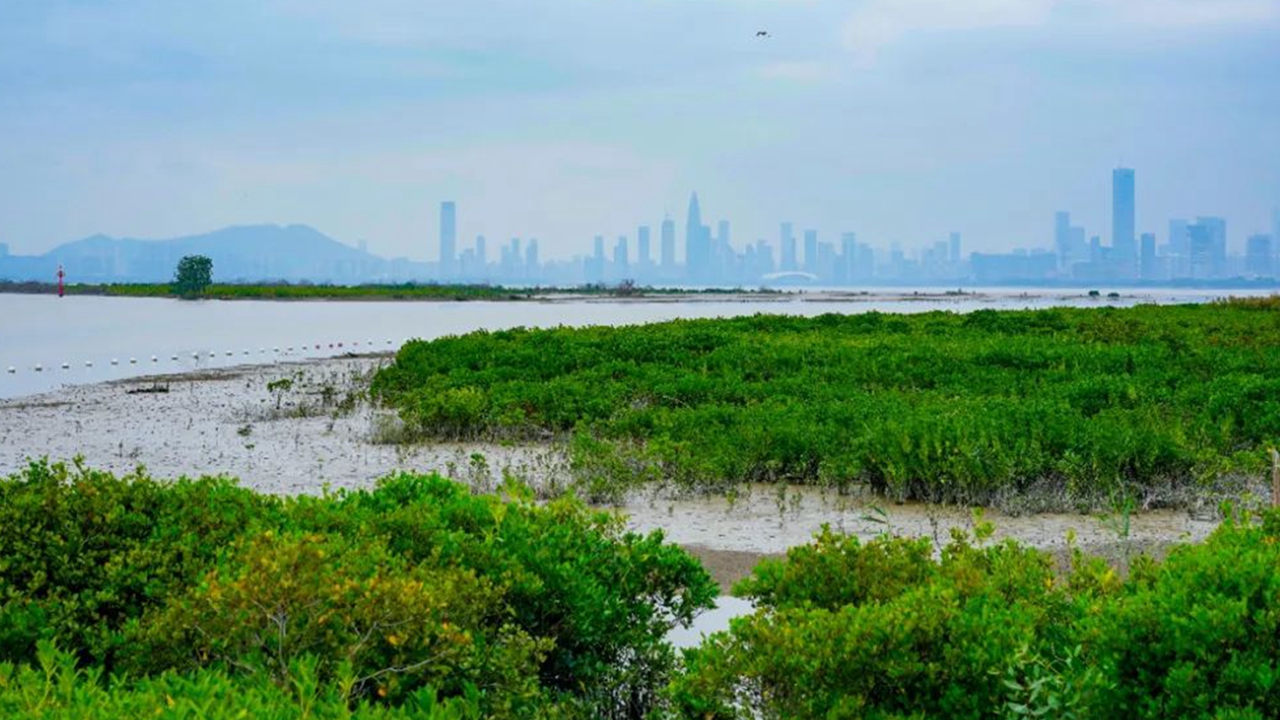Futian reserve listed wetland of intl. importance
Shenzhen's Futian Mangrove Nature Reserve has been listed as a wetland of international importance under the Ramsar Convention, it was announced at the home publicity event held at Xixi National Wetland Park in Hangzhou, Zhejiang Province, this morning marking the World Wetlands Day.

A view of part of Futian Mangrove Nature Reserve. Photos by Liu Xudong
The Futian Mangrove Nature Reserve is among the 18 wetlands across China that have been added to the Ramsar wetland list today, the National Forestry and Grassland Administration said at the meeting. The other wetlands include Beijing’s Yanqing Mallards Lake, the Baima Lake in Huai’an, Jiangsu Province, and the Jiuqushibawan National Wetland Park in the Daxing’anling Ridges in Heilongjiang Province, bringing the total number of China’s wetlands on the list to 82. China now ranks fourth in the world in terms of the number of wetlands on the list.
Shenzhen has served as an important base for global mangrove protection and international cooperation. It was designated to build an international mangrove center at the 14th Meeting of the Conference of the Contracting Parties to the Ramsar Convention on Wetlands (COP14) in Geneva, Switzerland, on Nov. 13.

Residents collect litters in mangrove forest of the Futian Mangrove Nature Reserve in an event in November 2022.
The Futian Mangrove Nature Reserve, located in the northeast part of Shenzhen Bay, spans about 9 kilometers along the coastline, with a total area of 367.6 hectares. It was selected on the list of China’s key national wetlands in 2020. The reserve serves as a wintering site and resting place for nearly 100,000 migratory birds every year. It is an important stopover site in the East Asian-Australasian Flyway.
In recent years, Shenzhen has been stepping up wetland protection, aiming to build and restore at least 51 hectares of mangrove wetland areas from 2021-2025, and have 50% of its wetlands under protection by 2035.